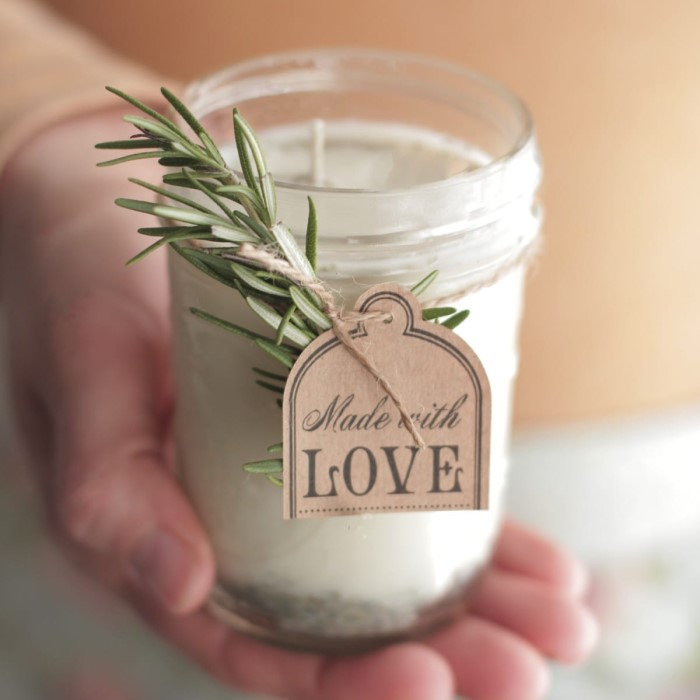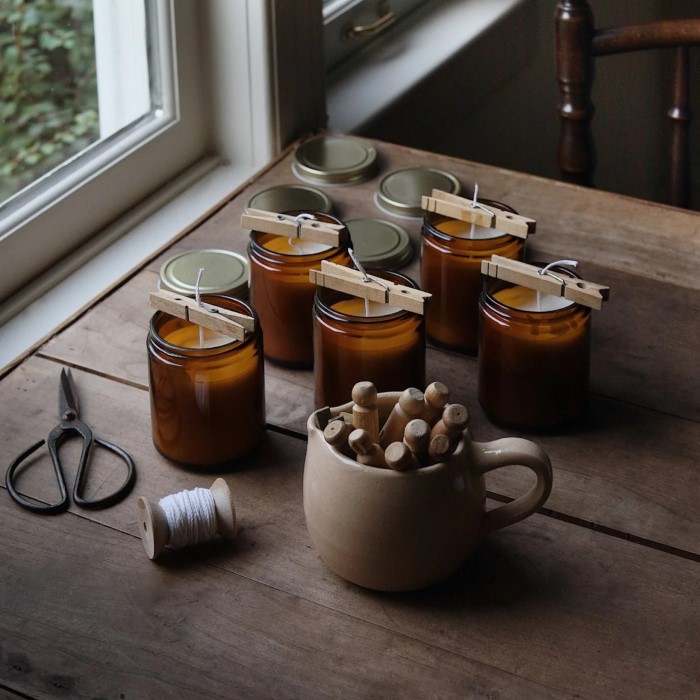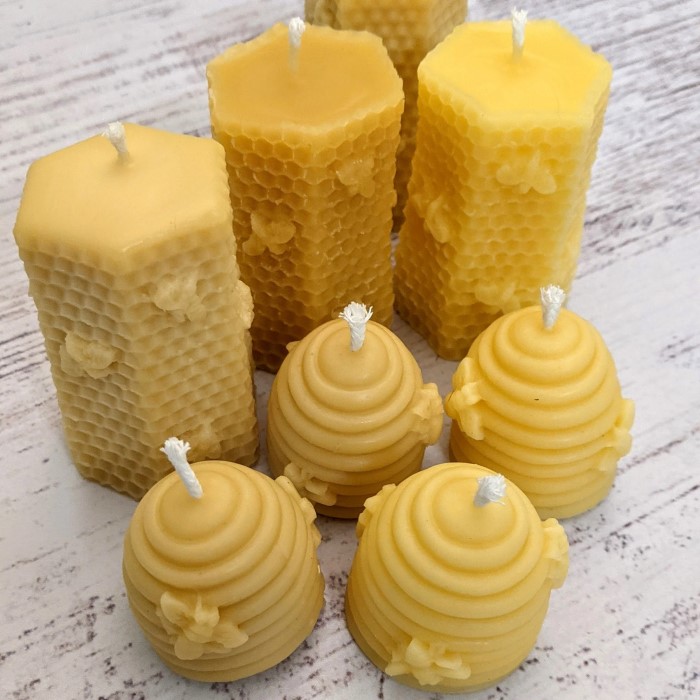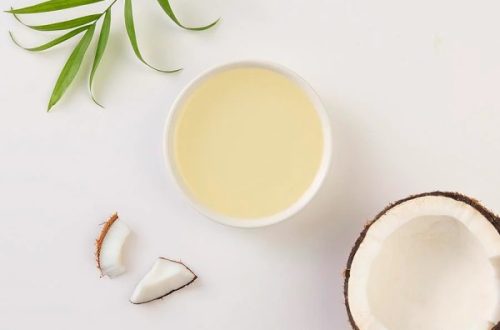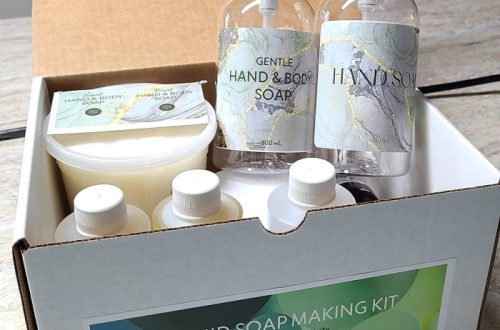Introduction to Candle Making
Candles have long held a place in our lives, not just for their practicality but also for the warmth and ambiance they create. With the resurgence of DIY culture and a growing awareness of sustainability in 2025, many are eager to learn how to make a candle at home. Making candles is not only a fun and creative hobby but also an opportunity to fill your space with beautiful scents while choosing eco-friendly materials. This article will guide you through the entire process of making your own candles, all while focusing on crafting scents that are gentle to both your senses and the environment.
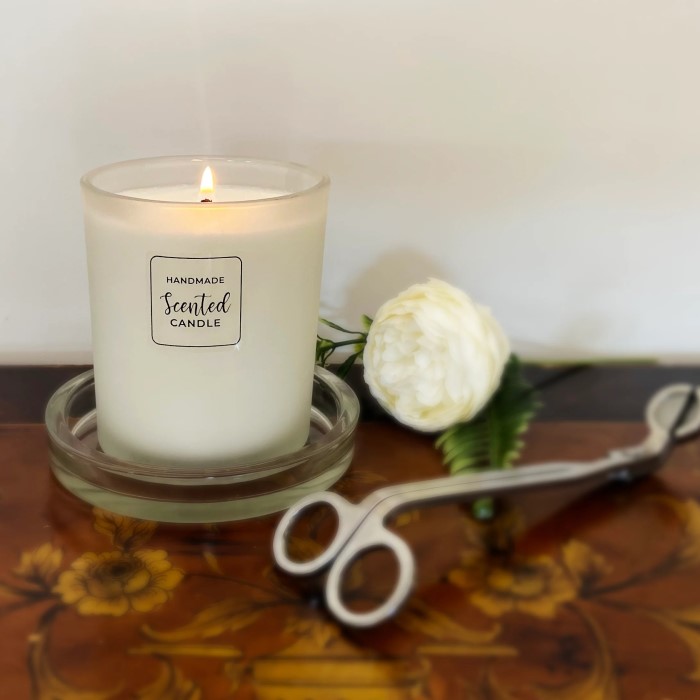
In the following sections, you will discover essential tips on selecting materials, step-by-step instructions for the candle-making process, and answers to common questions, such as the “3-hour candle rule” and the “8:10 rule” for candles. By the end of this guide, you’ll be well-equipped to create stunning and aromatic candles tailored to your preferences.
Why Choose Eco-Friendly Candles?
As you embark on your candle-making journey, you might wonder why it’s essential to focus on eco-friendly options. Traditional candles, especially those made from paraffin wax, can release harmful chemicals and pollutants into the air, making them less than ideal for your home environment. By choosing eco-friendly candles, you can enjoy the beauty and utility of candles without compromising your health or the environment. Here are several reasons to opt for natural ingredients:
Environmental Impact
Many conventional candle materials are derived from petroleum and involve harmful manufacturing processes. Eco-friendly candles, on the other hand, utilize sustainable materials like soy wax, beeswax, or palm wax, thereby reducing your carbon footprint. These materials are often biodegradable and derived from renewable resources, allowing you to indulge your love for candles while being kind to the planet.
Health Benefits
Natural candles tend to burn cleaner than traditional ones. They produce less soot and fewer toxins, which is particularly beneficial for individuals with allergies, asthma, or respiratory issues. This improved air quality is a significant advantage of choosing eco-friendly options.
Enhanced Aroma
One common complaint about traditional scented candles is their synthetic fragrance. Eco-friendly candles made with essential oils provide a more genuine and robust aroma. The scents are often derived from plant sources, making them not only pleasant but also beneficial. For instance, lavender has relaxing properties, while citrus scents can be uplifting.
Support for Local Producers
By sourcing materials locally or opting for small businesses that prioritize sustainability, you contribute to local economies while ensuring that your candle-making ingredients are of high quality.
Essential Ingredients for Eco-Friendly Candles
When delving into the world of candle making, knowing which materials to use is crucial for achieving the desired results. Here’s a breakdown of some essential ingredients you’ll need:
Wax Types
- Soy Wax: Made from hydrogenated soybean oil, soy wax is biodegradable and burns cleaner than paraffin wax. It also holds fragrance well, making it a favorite for many candle makers.
- Beeswax: A popular choice for its natural sweetness and elegance, beeswax has the additional benefit of emitting negative ions that can help purify the air. It burns longer than most waxes and has a natural honey scent.
- Palm Wax: Derived from palm oil, this wax can produce a unique crystalline appearance. However, it’s essential to ensure that the palm wax you source is sustainable and certified to avoid contributing to deforestation issues.
Fragrance Oils
When it comes to scenting your candles, there are two primary routes: synthetic fragrance oils and natural essential oils. For eco-conscious candle making, opt for high-quality essential oils or fragrance oils with natural bases. Lavender, eucalyptus, and citrus are popular choices that not only smell wonderful but also offer additional benefits in aromatherapy.
Wicks
Choosing the right wick is crucial for an even and safe burn. Look for wicks made from cotton or wood, as they are more sustainable options. Ensure that the wick fits the diameter of your candle appropriately; this is vital for producing an efficient burn.
Coloring Agents
While not necessary, adding color can enhance the visual appeal of your candles. Select natural wax dyes or plant-based colorants, which are free from harmful chemicals, allowing you to maintain the eco-friendly essence of your candle.
Step-by-Step Guide: How to Make Your Eco-Friendly Candle
Now that you have gathered your materials and understand the benefits of using eco-friendly ingredients, let’s delve into the actual process of making candles. Here’s an easy-to-follow guide to how to make a candle:
Step 1: Gather Your Supplies
Before you start, make sure you have the following items ready:
- Wax (soy, beeswax, or palm wax)
- Wick
- Wick holder or a small pencil
- Fragrance oils or essential oils
- Coloring agents (optional)
- A double boiler or microwave-safe container
- Thermometer
- Measuring scale
- Candle molds or containers
- Stirring stick
Step 2: Prepare Your Work Area
Creating a dedicated workspace is crucial for a successful candle-making experience. Clear off a flat surface, covering it with newspapers to catch any drips or spills. Make sure you have all your supplies within reach. Safety first—consider wearing gloves and protection for your surfaces.
Step 3: Melt the Wax
Using a double boiler is the best method for melting wax. If using a microwave, be very cautious. The typical melting point for soy wax is between 170°F and 180°F. Stir the wax gently to avoid introducing bubbles. Utilizing a thermometer, keep track of the temperature for optimal results.
Step 4: Add Fragrance and Color
Once your wax is fully melted, remove it from the heat. Allow it to cool to about 160°F before incorporating your fragrance oils—typically, a ratio of 6–10% fragrance to the weight of the wax is ideal. If you decide to use coloring agents, do so at this point, mixing thoroughly to achieve an even color. The end result should be a lovely blend ready for pouring.
Step 5: Prepare Your Wicks
Before pouring, secure the wick to the bottom of your mold. You can use a wick sticker or a small amount of the melted wax for this. Make sure the wick is centered, allowing it to stand upright.
Step 6: Pour the Wax
Carefully pour the melted wax into your chosen mold or container. Leave a small amount of wax in the boiler for topping off later if necessary, as candles might have small sinkholes as they cool.
Step 7: Let It Set
Allow the candle to cool completely, preferably in a location that remains draft-free. Depending on the type of wax and the size of the candle, this could take a few hours. It’s crucial to give it time—rushing this step can lead to air pockets or uneven surfaces.
Step 8: Trim the Wick
Once your candle has hardened and cooled, trim the wick to about 1/4 inch. This will ensure a proper and clean burn when lighting your new candle.
FAQ Section
What is the 3 Hour Candle Rule?
The “3-hour candle rule” suggests that when lighting a new candle, you should allow it to burn for at least three hours on the first use. This ensures that the wax melts evenly across the top, preventing future tunneling. Tunneling occurs when the wax begins to harden before creating a full melt pool, leading to wasted wax along the sides of the container.
What Makes Candles Smell the Strongest?
The strength of a candle’s fragrance depends on a variety of factors. The quality and concentration of the fragrance oils play a significant role; natural essential oils typically produce a more robust and pleasant aroma. Additionally, the type of wax used can influence how effectively the scent is thrown into the air. For strong scent throw, soy and beeswax candles, known for their ability to hold fragrance, are excellent options.
What is the 8:10 Rule for Candles?
The “8:10 rule” refers to the recommended temperature and fragrance oil ratio during candle making. A general guideline is to add 8–10% fragrance oil based on the total weight of the wax. This balance helps enhance the scent while preventing issues like excessive smoke or soot when the candle is burned.
Common Mistakes to Avoid
As you dive into the world of candle making, you may encounter challenges. Here are common mistakes to watch out for, along with tips for overcoming them:
- Wrong Wick Size: Your wick needs to be appropriately sized based on the candle’s diameter. A wick that is too small will burn ineffectively, while one that’s too large may smoke excessively. Always refer to wick sizing charts to find the right fit.
- Incorrect Temperature Management: Pouring your wax at the wrong temperature can lead to various problems, including air bubbles and poor adhesion of fragrance oils. Use a thermometer and pour when the temperature is just right.
- Skipping the Cure Time: After making your candle, allow it to cure for a few days. This period allows the fragrance to fully bind with the wax, resulting in a more potent scent when lit later. Do not skip this essential step for optimal results!
- Poorly Prepared Workspace: It may not seem critical, but having a well-organized workspace will help you work more effectively. Ensuring your area is clutter-free will minimize accidents and allow for a more enjoyable candle-making experience.
- Ignoring Safety Precautions: Always prioritize safety when working with hot wax and fragrance oils. Use protection for your surfaces, and consider wearing gloves for added safety, especially if you have sensitive skin.
Conclusion
Now that you have a comprehensive understanding of how to make a candle, particularly focusing on eco-friendly options, you’re ready to embark on your candle-making journey. Creating your candles not only allows for customization in scent and design but also enables you to make environmentally conscious choices. By using natural ingredients, you can elevate your home atmosphere while reducing your ecological footprint.
With each candle you create, you can express your personality and preferences, making them perfect for gifts or personal use. Embrace the process and enjoy the aromatic rewards of your creations! Happy candle making!
